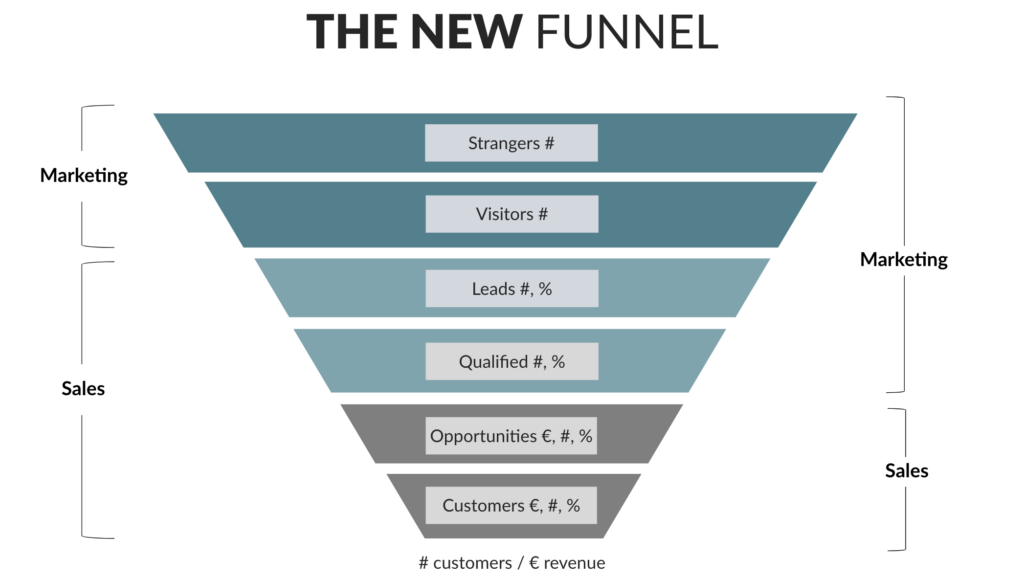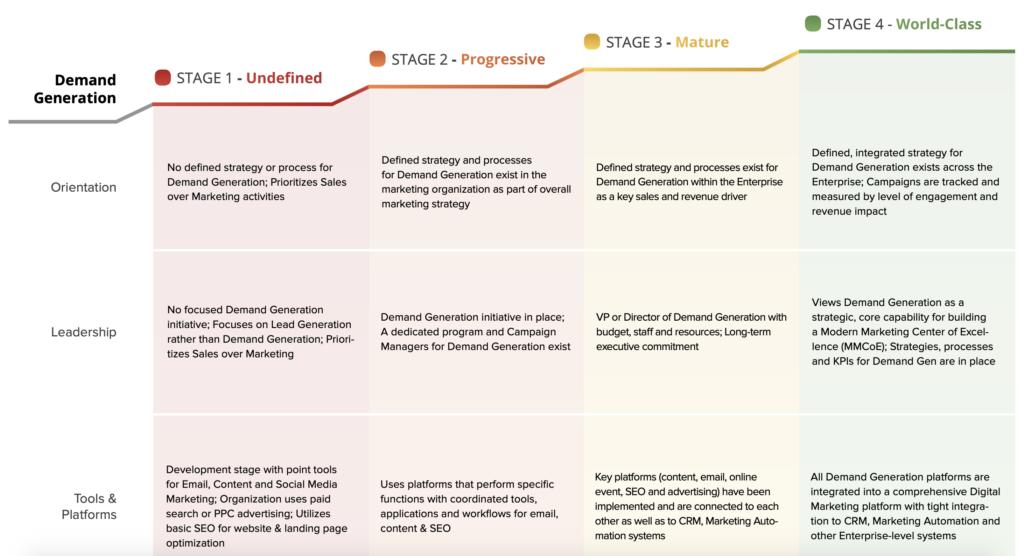‘I’m going to start by addressing head-on one of the biggest misconceptions in modern, effective sales: that adding salespeople is what grows revenue’. That’s the start made by Aaron Ross in his book Predictable Revenue, in which he shares his best practices from Salesforce.com. The myth dispelled, building a $100M lead generation process in the first years of growth.
It makes me smile. It’s still a common thought among the companies I meet today. And I understand. Fulltime horsepower, a one-on-one approach, the appetite of the hunter, fully customized, a personal, interactive and real conversation – that’s a powerful source. There’s only one thing: the buyer has changed. Welcome to the modern age, the digital arena.
The modern buyer
With continuous innovation, shorter product lifecycles and global competition, the buyer’s battle is crowded. And the buyer himself tunes out. Meanwhile, they do their own research, make their own shortlist, collect their own reviews. All while staying up-to-date from the companies they follow, todays’ media outlets. They’re better informed than ever at the time they speak to the companies’ sales rep. And this time, it’s the buyer’s call. He’s the one who tells what he wants, when he wants it, how he wants it. Right here. Right now.
It has led to a new kind of funnel, in which online has taken over part of the funnel from sales indefinitely.

It’s where demand generation comes in. Guiding the buyer in their discovery – becoming aware they actually have a problem. All they way through consideration – getting to know the great solutions – to create demand.
The maturity index
In the early stage of maturity of the demand generation function, the orientation prioritizes Sales over Marketing. Any marketing activity at this stage is basic. Emails, ads and social, all about supporting sales. Bringing in ‘so-called’ leads for sales to call. It’s stage 1 from the demand generation maturity model of DemandMetric.


